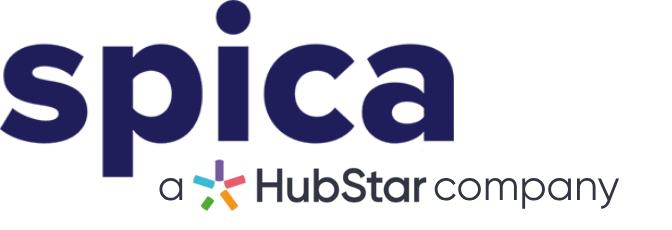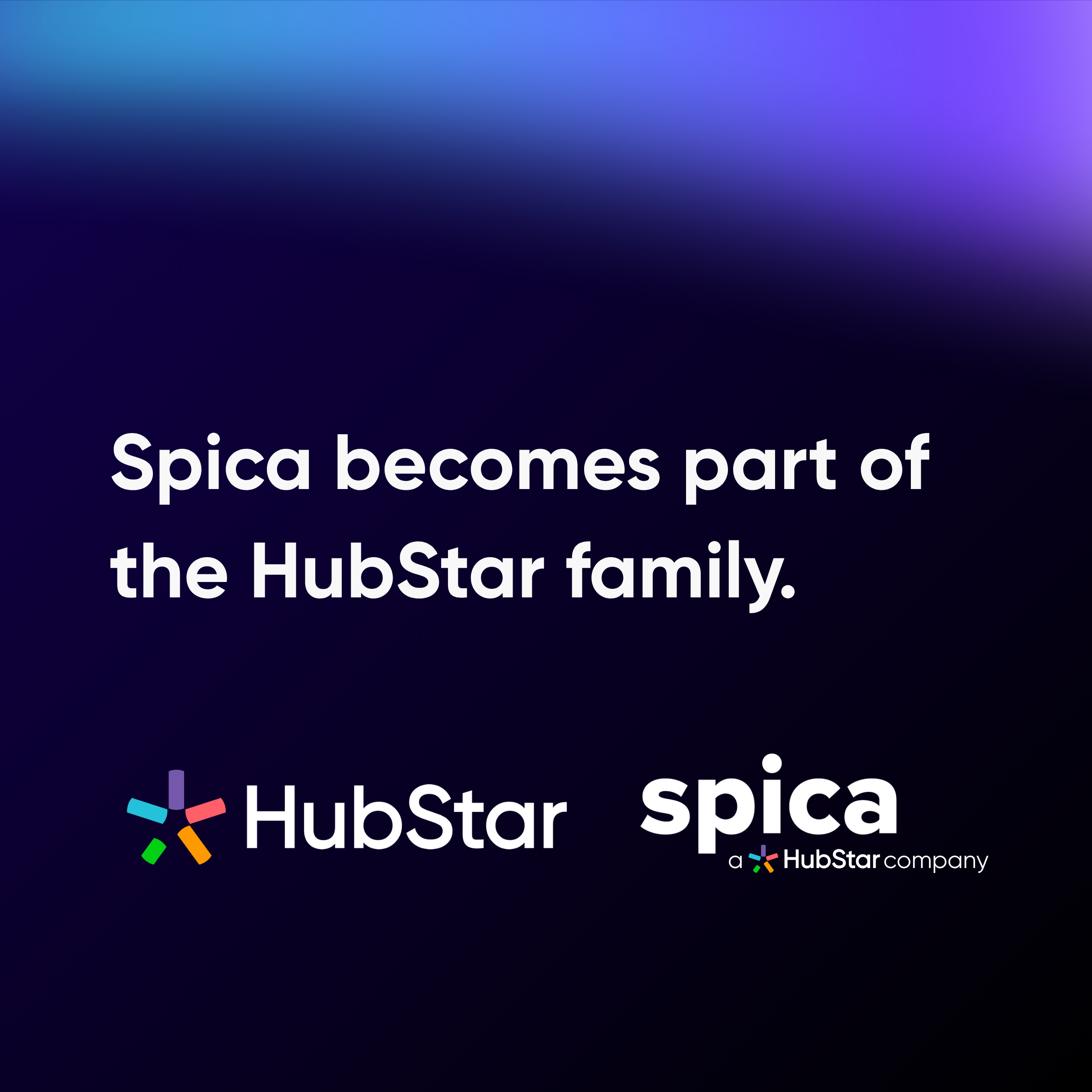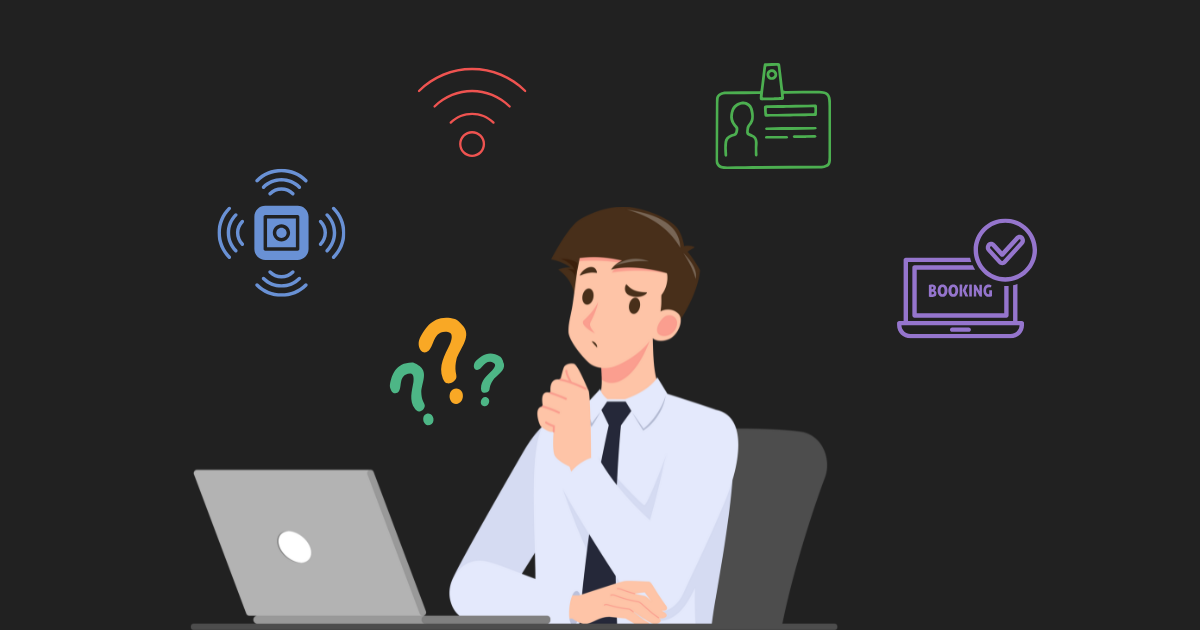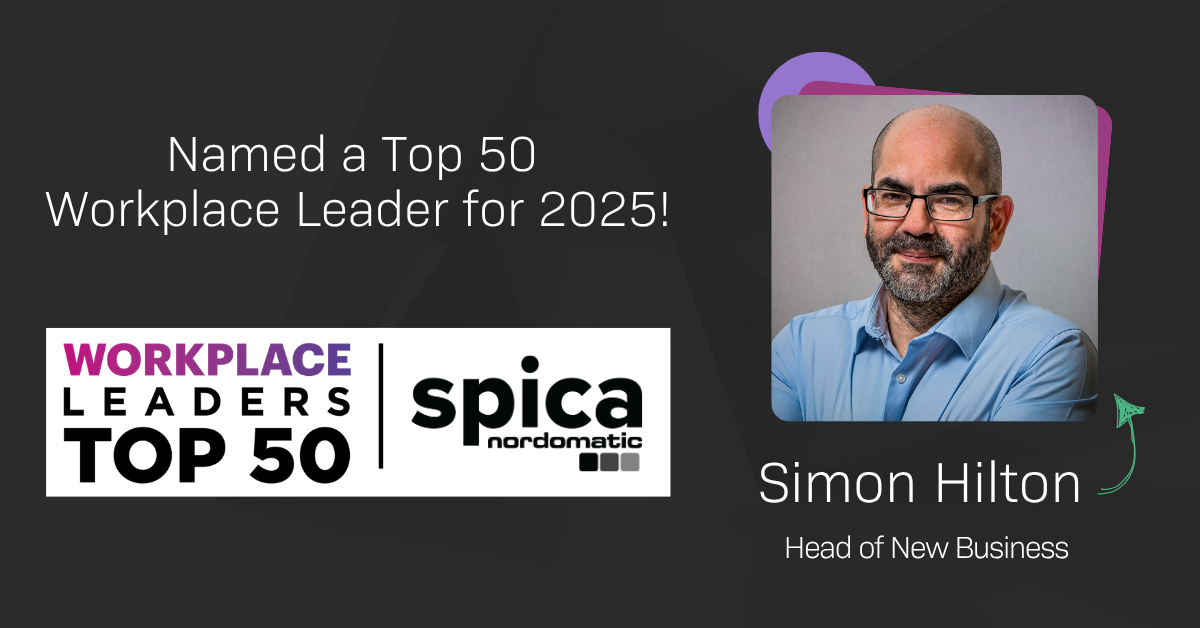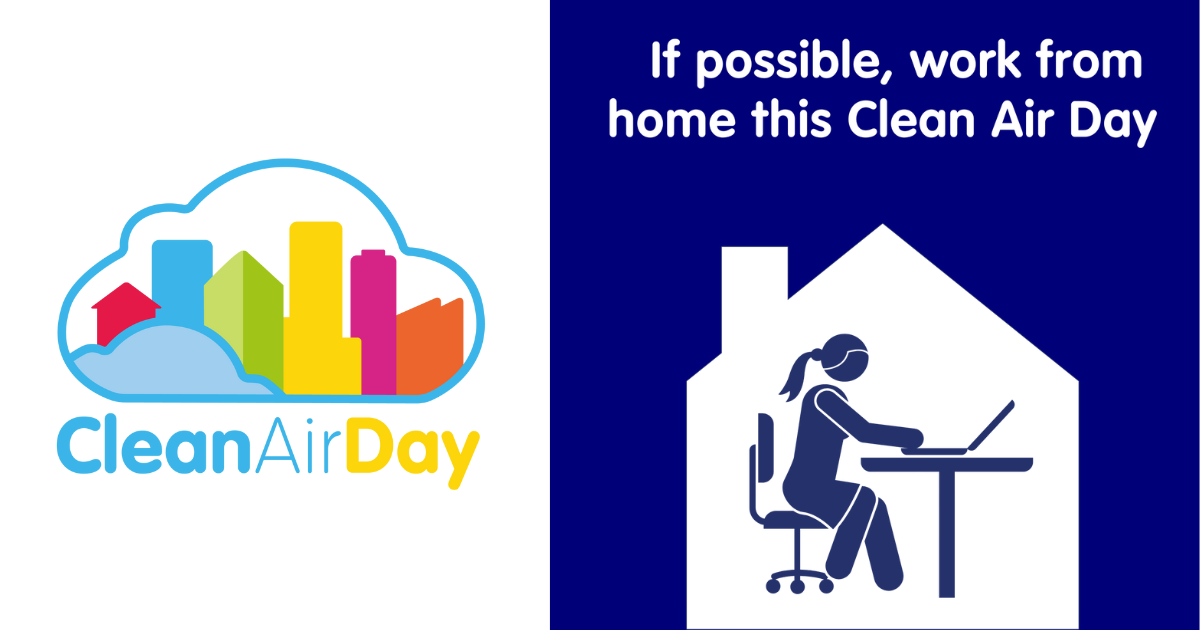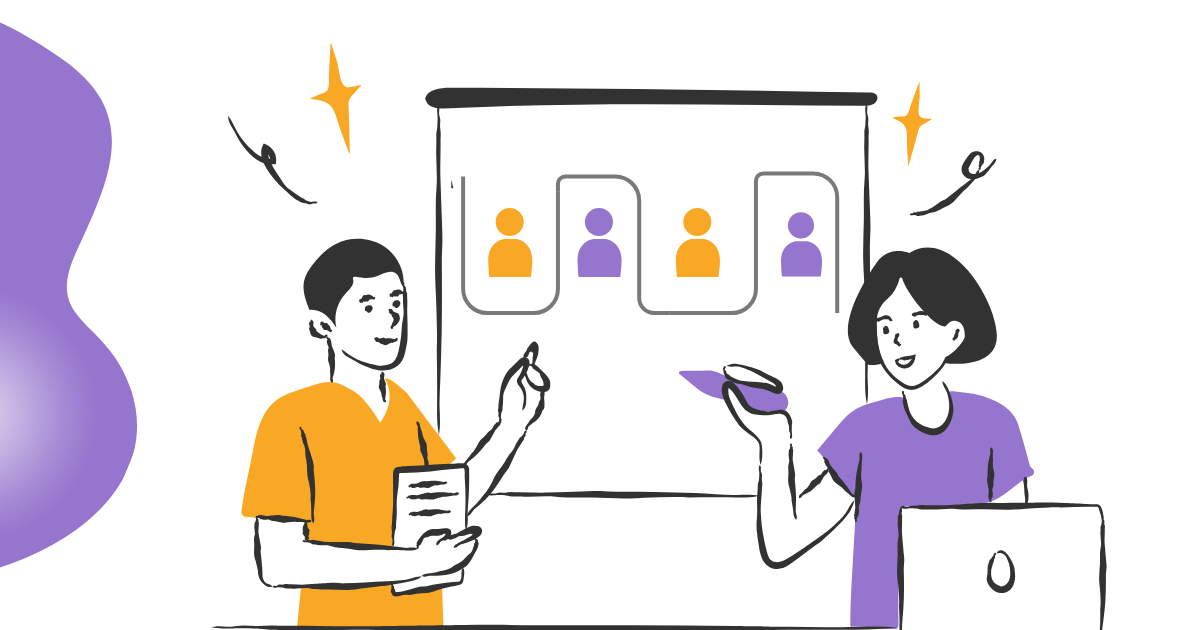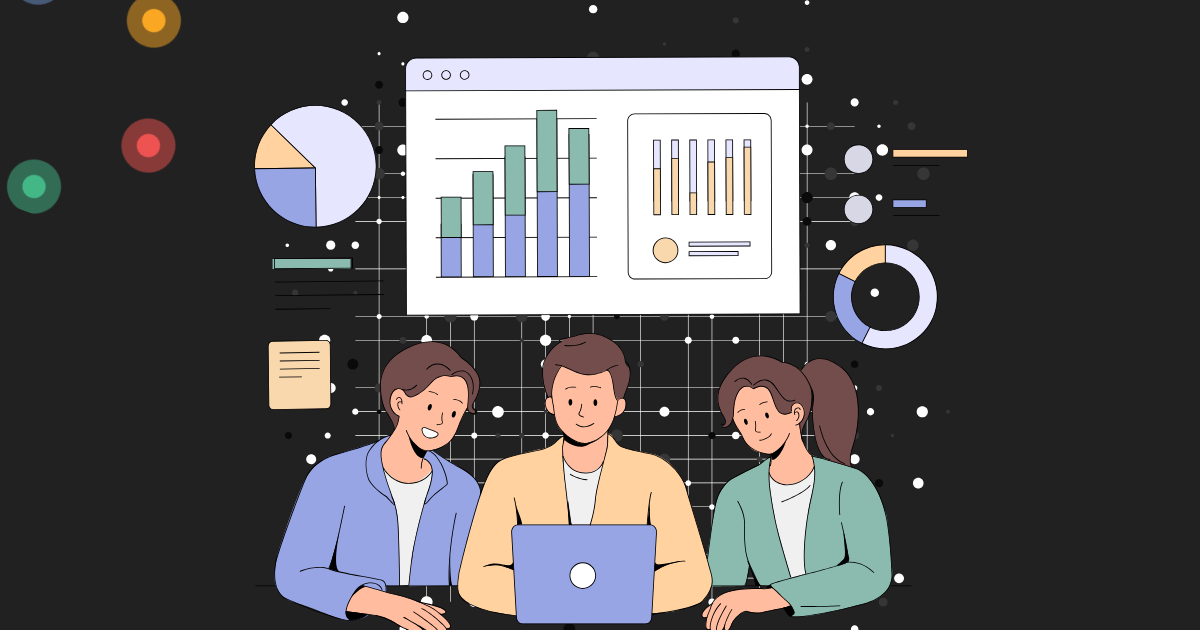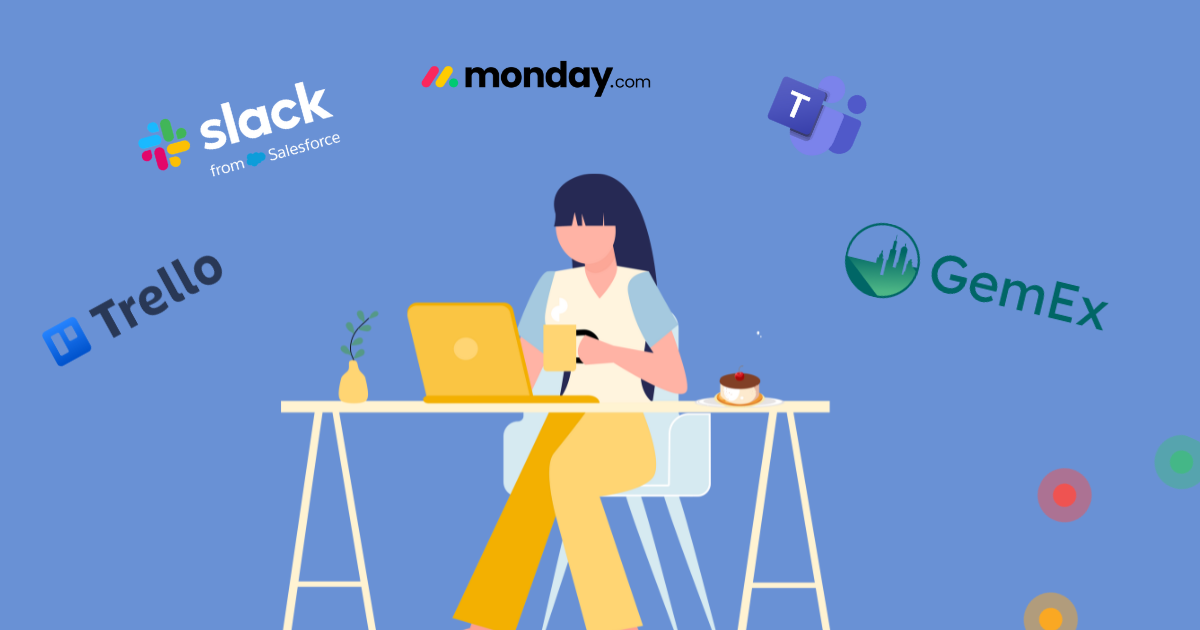Stumbling into February whilst carrying the burden of a pandemic, the worrying future of climate change, and the instability of government regulations on our shoulders, it’s no wonder employee burnout is becoming more widespread.
Employee burnout can spread like wildfire, obliterating anything in its path – decreasing productivity and depleting morale. In fact, employee burnout was one of the factors that contributed to The Great Resignation of 2021. Randstad UK reporting 69% of workers feeling confident about resigning and moving to a new role. This in turn can have huge implications for organisations as employees are the most important assets of any company. It is vital that companies prioritise employees mental and physical health.
That’s why we’ve outlined four steps employers can take to avoid employee burnout.
But First – What Is Employee Burnout?
The World Health Organization defines burnout as “chronic workplace stress that is not successfully managed”. Burned-out employees face an unpleasant combination of work stress, emotional and physical exhaustion. This could spiral quickly into depression and physical illnesses – from headaches to a higher risk of a stroke. Whilst the risks associated with burnout are high, Sweden is still the only country to recognise burnout as a disease.
Statistics from the UK Health and Safety Executive body showed 822,000 workers suffered work-related stress, depression, or anxiety in 2020/21. That rate is higher than pre-pandemic levels. Stress is a significant contributor to poor mental health, low productivity, and absenteeism in the UK workforce. The pandemic forced people to re-evaluate their priorities surrounding work and life.
Burnout may give the final push needed to move jobs. However it is still essential for companies to find ways to combat burnout before toxic consequences arise. Consequences can be less efficiency, wasted resources and poor retention arise.
Key Factors Causing Employee Burnout
According to Psychology Today, these are just some of the triggers for burnout:
- Workers finding themselves spread thin and feeling overwhelmed
- A lack of support from management at work
- Feeling isolated due to remote working and the boundary between being on and off the clock being blurred
- The lack of autonomy workers have over their tasks and work hours
- Departments being understaffed
- Lack of growth opportunities
4 Steps Employers Can Take To Avoid Employee Burnout
1. Make wellbeing a part of the company’s culture
Employees now want more than a salary; they want an organisation culture which is rich in trust and support. Organisations need to begin investing more in resources which promote health. These can be cycle to work schemes, gym memberships or have a policies to prevent emails outside work hours. Schedule in team lunches, happy hours or remote team activities like virtual pub quizzes to grant workers an enjoyable break.
Research shows office workers are interrupted every three minutes and can take up to 23 minutes to get back on task. Companies like Facebook and Airbnb have “no-meeting Wednesdays,”. Atlassian employees have a “Get S#!t done day” where they are excused from answering emails, calls, or attending meetings. By creating a culture of wellbeing, that puts physical and mental health first, morale and engagement improves whilst work stress will diminish.
2. Empower employees to choose their own hybrid work-style
Why are commuters spending 2 to 3 hours each day travelling to and from work? Why are parents running around trying to find last minute sitters?
Today the workplace can be anywhere in the world. Whether working in the office or remotely, let employees have the flexibility to set their own hybrid work path. By letting employees set their own work hours, they can establish a work-life balance and find their most productive hours. Employee-led work styles improves employee satisfaction, and with advancements in technology, employees can easily stay connected and catch up on work without burning out.
With employees choosing a hybrid work-style, Spica has seen a rise in demand for collaboration, desk and room reservation tools. Employees want to easily find out where and when their colleagues will be in the office and reserve office space. The office is becoming more of a collaboration space. Employees can brainstorm and interact with all departments, rather than a space with a permanent desk assigned to everyone.
3. Provide feedback and recognition
Managers can show they care about their employees by setting up regular one-to-one sessions in which managers can provide any constructive feedback or recognition. It will lead to a greater positive impact on employee engagement as 69% of employees say they would work harder if they felt their efforts were better recognised.
With Millennials and Gen Z making up a significant proportion of the workforce now, feedback will fuel the ambitious younger generation even further. A Yoh survey found 24% of employees would consider looking for work elsewhere if they received inadequate feedback from their managers. Therefore, providing valuable and constructive feedback will aid employers in retaining talent whilst encouraging a stronger manager-employee relationship. Building strong relationships results in employees more likely to discuss challenges they are facing and feel more supported at work.
4. Adopt the Right Facilities Management Software Tools
The right cloud-based software such as a GemEx, or AI assistants can help, making life easier for managers and employees.
- In a study from Asana and 4media, 37% of employees don’t know whether work is evenly distributed. This can lead to feeling undervalued, low job satisfaction and higher chance of employees not communicating their feelings to managers. Collaboration tools like Slack and Trello enable greater transparency in the workplace as managers gain a better understanding on how busy a colleague is to aid in delegating tasks, avoiding overloading staff with work and scheduling meetings as well as quicker response times than emails.
- Workforce analytics and productivity platform like ActivTrak can identify team members who may need support by evaluating where working hours are consistently high. ActivTrak also identifies employees with low levels of engagement, assess workloads across teams and understand typical start/end times. A productivity platform can help managers improve workload balance and enables managers to reach employees at high risk of burning out to show support before any dire consequences occur.
- Lack of communication from employees means HR managers have to rely on guess work to understand if employees are vulnerable to burnout. However, mental wellbeing platforms like Yerbo can collect data from weekly surveys and transform the results into valuable insights. This can act as first indicators for employers to do something to raise employee well-being and engagement before the onset of burnout.
- Implementing a workplace experience platform lets managers gain a deeper insight, enhanced control and a detailed comprehensive view of the whole building and all assets and data in one place. Spica’s GemEx Engine® platform can help managers do just that. Our enterprise graded platform consists of digital twin technology, which is connected to IoT sensors and third-party business system data to create a digital map of your corporate building, with real-time data feeds to give meaning and track status.
- The GemEx platform complements our workplace experience app which can be used by employees to reserve office spaces such as desks and meeting rooms. Employees can also raise service and maintenance requests whilst, monitoring and adjusting indoor environment quality such as temperature and humidity. The Luna app helps employees monitor who’s in the office and decide the day to come into office or to stay at home thus, managers can control workplace density and implement a successful hybrid working model whilst maintaining employee well-being as priority.
Nurture a lower-stress workplace and take the steps to prevent employee burnout
Our workplace experience solutions aid in automating daily tasks, saving managers time and being able to allocate resources elsewhere without being on the verge of feeling overwhelmed and low on fuel. GemEx provides real time and historical data which managers can use to address compliance, occupancy, space utilisation and workplace management issues. Implement the above preventative measures to reduce the chance of employee burnout occurring.
Book a demo now to see how our workplace experience solutions can help you. Our Digital Workplace Consultants will be happy to answer any questions you have.

